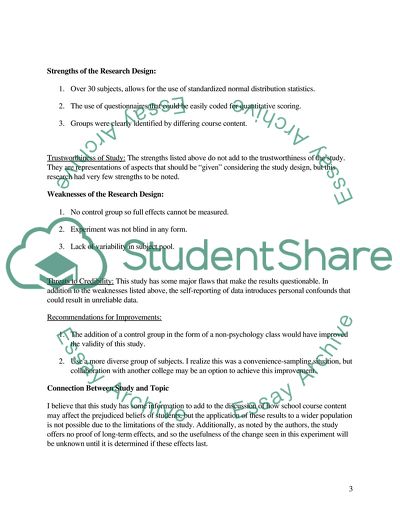Cite this document
(“Racism and Psychology Annotated Bibliography Example | Topics and Well Written Essays - 1000 words”, n.d.)
Retrieved de https://studentshare.org/psychology/1582024-racism-and-psychology
Retrieved de https://studentshare.org/psychology/1582024-racism-and-psychology
(Racism and Psychology Annotated Bibliography Example | Topics and Well Written Essays - 1000 Words)
https://studentshare.org/psychology/1582024-racism-and-psychology.
https://studentshare.org/psychology/1582024-racism-and-psychology.
“Racism and Psychology Annotated Bibliography Example | Topics and Well Written Essays - 1000 Words”, n.d. https://studentshare.org/psychology/1582024-racism-and-psychology.


